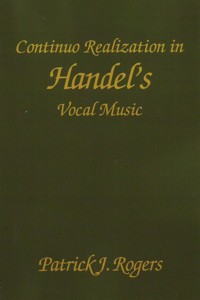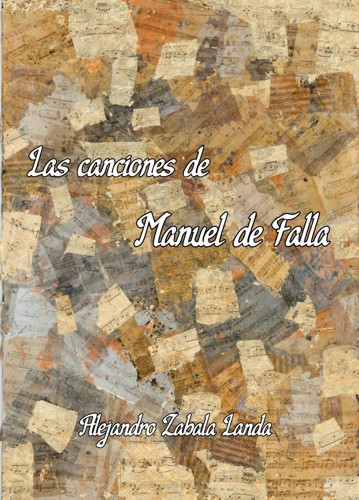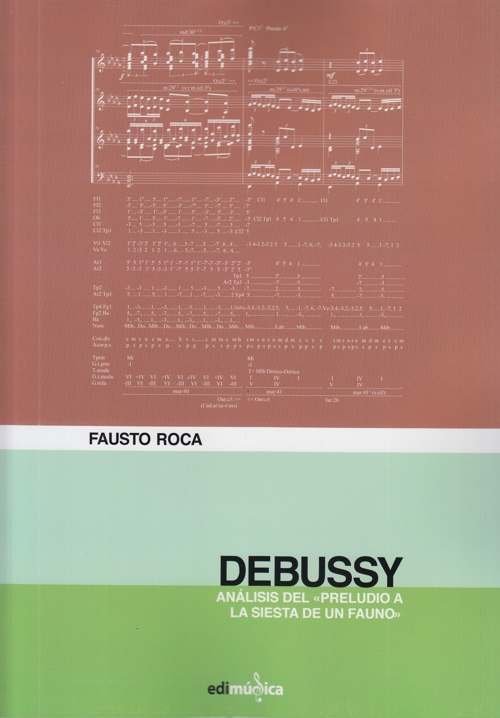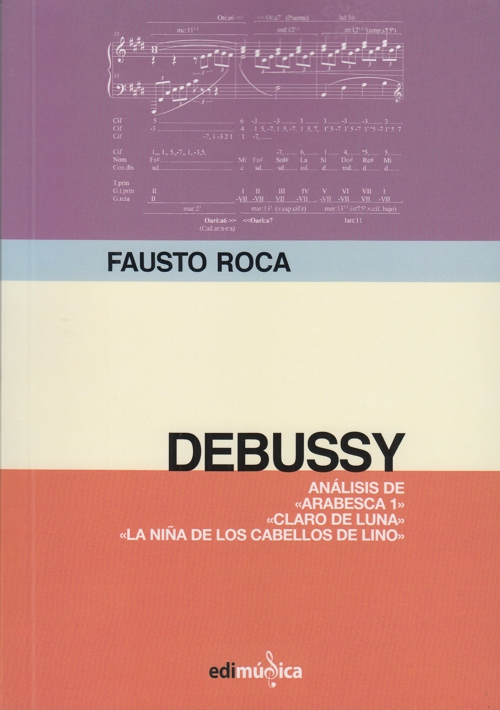
Continuo Realization in Handel's Vocal Music
Rogers, Patrick John Francis
University of Rochester Press. 1989Ficha técnica
- EAN: 9781580463614
- ISBN: 978-1-58046-361-4
- Editorial: University of Rochester Press
- Fecha de edición: 1989
- Encuadernación: Rústica
- Dimensiones: 15,5x23
- Idioma: Inglés
- Nº páginas: 274
No disponible temporalmente
Disponibilidad sujeta a la información del editorPVP. 29,85€
Añadir a la Lista de deseos
This pioneering study examines aspects of figured bass notation and continuo realization in the High Baroque, especially with respect to the operas and oratorios of G. F. Handel. Contemporary treatises, Handel's manuscripts, original performance material,and other early sources provide clarification and guidance for the modern performer.
Part one is an overview of figured bass in Handel source materials: autograph manuscripts, performing scores, original keyboard parts, 18th century scribal copies, and early editions. Part two treats in depth continuo realization problems that are often overlooked and can be troublesome in modern performances. The author defines the most common bass patterns, or formula-progressions, in Handel's music, together with the precise harmony the composer intended.
The author attempts to show that continuo figuring can serve different functions depending on context. Much of the figuring that comes down to us in secondary sources may derive from the composer, or it may reflect valid contemporary practice. Modern editions, in the main, are too selective in this regard: they only include bass figuring from primary sources, leaving the modern performer frequently without sufficient guidance in the continuo part to improvise a stylistic accompaniment.
Appendices include brief examples of continuo realization by Handel.
Patrick J. Rogers is an active keyboard player and former Fulbright Scholar who studied Handel under Theodor Göllner, Roand Jackson, Terence Best, and the late J. Merrill Knapp.
CONTENIDO:
List of documents
Preface
Acknowledgments
List of abbrevations
Corrigenda
Introduction: The importance of continuo figuring
- The source materials: preliminary clarifications
- Problems confronting the performer of figured bass
- Previous Studies on thoroughbass accompaniment
- Previous Scholarship on Handel's figured bass
- Design of the present study
Part One. Bass figuring in Handel Source materials
1. Bass figuring in Handel's Autographs
- Functions of bass figuring in Handel's autographs
- Some details concerning Handel's figuring
- Handel's method of composition
- Figuring that became obsolete during the compositional process
- Discarded figurings
- Problematic figurings: Definitions and examples
2. Bass figuring in Handel's conducting scores
- Handel's figuring of Rodelinda
3. Bass figuring in opera and oratorio continuo parts
- The Hamburg Cembalopartituren
- RCM 900
- RM.19. a. 10.
- Aylesford keyboard parts
4. Bass figuring in scribal copies of the operas and oratorios - Charles Jennens's Bass Figuring
5. Bass figuring in the Royal Academy Opera Editions, 1720-1728
- The figuring of specific printed editions
Part Two. Realization problems
6. Unisono textures
- Evidence from C.P.E. Bach
- Evidence from Handel's Autograph figuring
7. Plain recitative
- Detached or sustained chords?
- Melodic and harmonic support
- Foreshortened cadences
8. Short rests in the bass
- Handel's practice
- Theoretical references
9. Pedal Points
10. Continuo Harmonization
- Standard formula progressions
- Harmonization of sample excerpts
Part Three. Appendixes
A. Aylesford Cembalo/Organo Parts for Handel's Operas and Oratorios
B. Manuscript scores of Handel's Operas, Oratorios and Odes with Supplementary Figuring
C. Unpublished autograph figuring
- Rinaldo, Ouverture
- Ottone, "Falsa imagine"
- Duetto X, "Tacete, ohimè, tacete"
C. Unpublished compositions
- Radamisto, "Cara sposa"
- [ Amen, alleluja], HWV 275
Notes
Bibliography
RESEÑAS:
"A major contribution to the study of Handel's music [which] illuminates an important area of performance practice...[written] with the force of one who knows the music, recent trends in performance, the sources and the treatises well." - William Gudger (The American Organist)
"Thorough and well-written . . . a study [of] depth. clarity, and elegance. . ." - Nicolas McGegan (American Handel Society Newsletter)
"Cultivates a hitherto untilled field and offers keenly thought-provoking interpretations." - Lowell Lindgren (Historical Performance)





